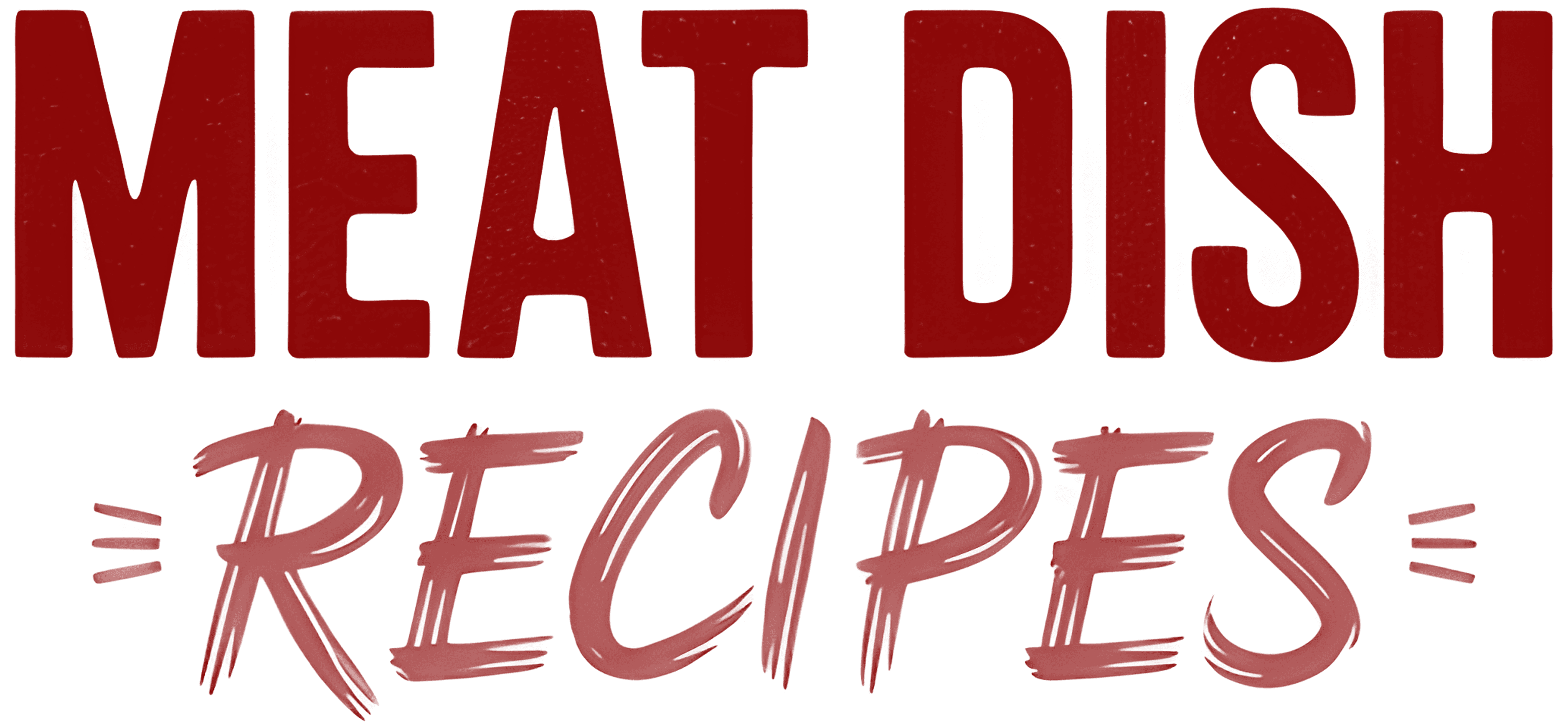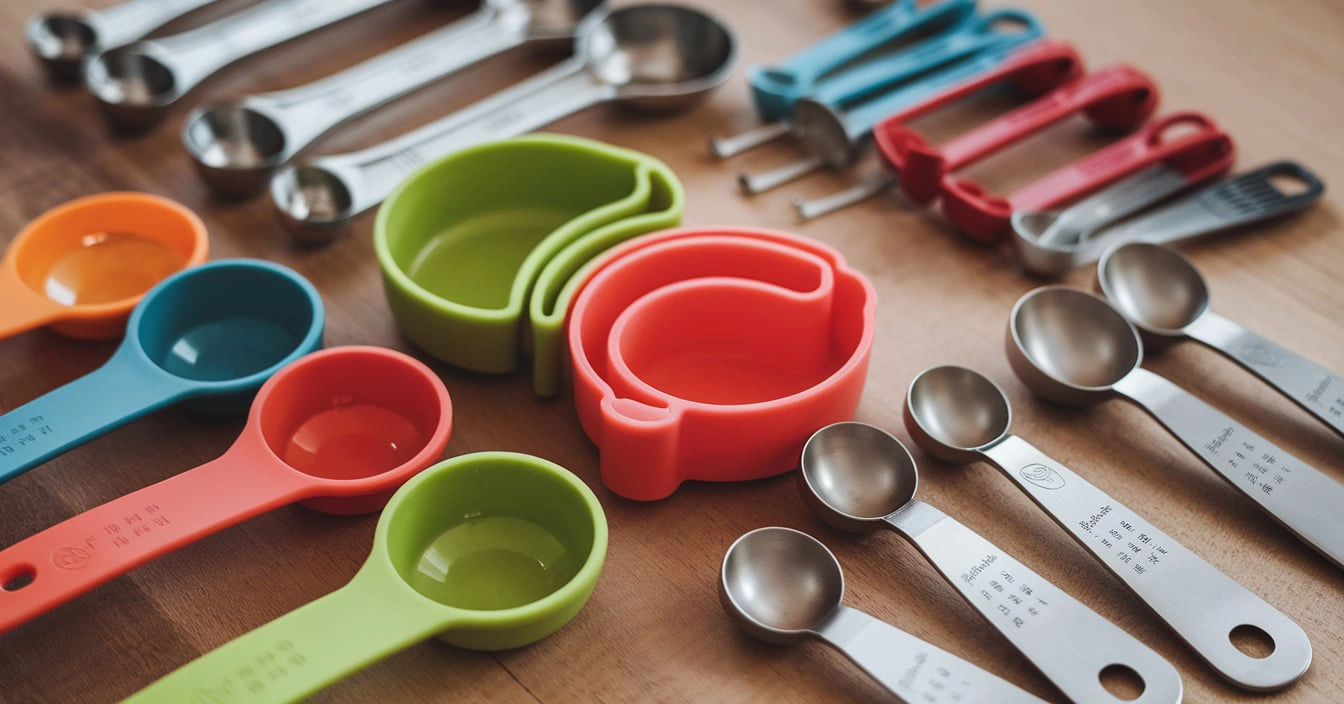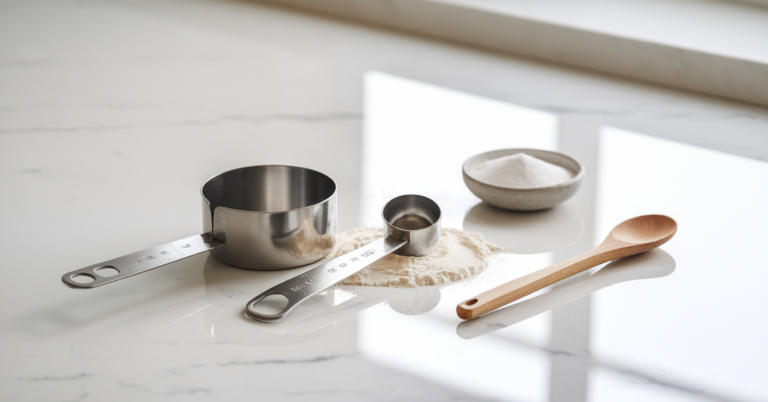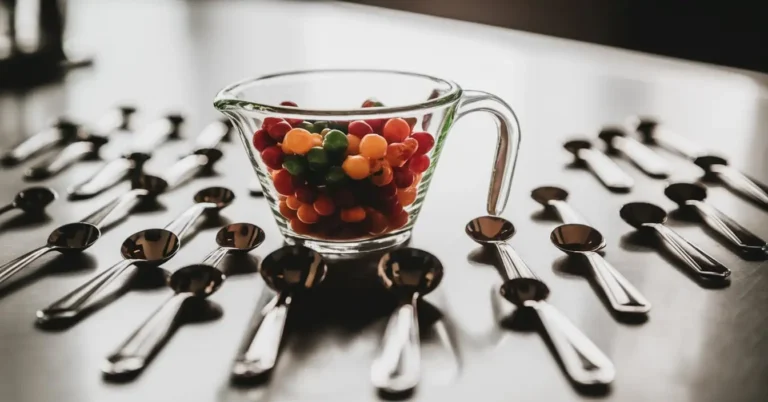How Many Tablespoons in 1/3 Cup
Cooking is a creative and joyful activity, but it comes with its fair share of challenges. One of the most common hurdles? Measurements! Have you ever wondered, How many tablespoons are in 1/3 cup? Whether you’re trying a new recipe or whipping up an old favorite, conversions can feel daunting. But don’t worry—I’ve got you covered. This guide will help you master your measurements and become more confident in the kitchen.
Table of Contents
What Does 1/3 Cup Mean in Tablespoons?
Let’s get straight to the answer: 1/3 cup equals 5 tablespoons and 1 teaspoon.
This is your magic number! Knowing this simple conversion can save you a lot of guesswork and hassle in the kitchen. It’s particularly handy when you’re working with recipes that need scaling or when your measuring cup is missing in action.
Why Is This Conversion Important?
Cooking and baking are all about precision. While a pinch of this or a dash of that can work for some dishes, measurements matter when you’re trying to achieve consistent results. For example:
- Baking is a science: The ratio of wet to dry ingredients determines the texture and rise of your baked goods.
- Scaling recipes: Need to double or halve a recipe? Conversions like this one make it easy.
- Versatility: Measuring with tablespoons is quick, and you won’t need multiple tools cluttering your counter.
Understanding Cup-to-Tablespoon Conversions
Here’s where things get even easier! To make your cooking life stress-free, I’ve prepared a handy table of conversions:
| Cups | Tablespoons |
|---|---|
| 1/4 cup | 4 tablespoons |
| 1/3 cup | 5 tablespoons + 1 tsp |
| 1/2 cup | 8 tablespoons |
| 3/4 cup | 12 tablespoons |
| 1 cup | 16 tablespoons |
Pro Tip: Print this table or save it on your phone for quick reference. It’s a game-changer when you’re in the middle of cooking or baking.
The Role of Precision in Cooking
Have you ever had a recipe turn out differently than expected? Precision is often the culprit. Small changes in measurement can have a big impact, especially in baking. Here’s why you should pay attention to accurate conversions:
- Consistent Results: Imagine making a cake and realizing it’s too dense or too crumbly. Precise measurements help you avoid these issues.
- Less Waste: Using exact amounts means fewer leftovers and less guesswork.
- Professional Quality: When you measure properly, you’ll notice a difference in taste and texture, making your dishes feel restaurant-quality.
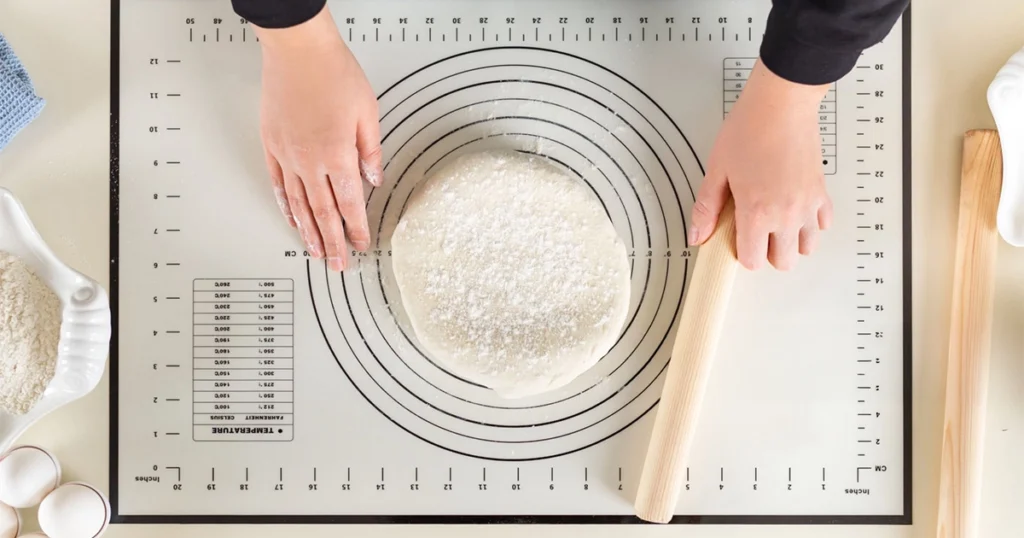
Why Knowing How Many Tablespoons in 1/3 Cup Helps
Let’s talk about the real-world benefits of this knowledge:
Save Time and Stress
No more fumbling around for the right measuring cup or pulling out a calculator. With this conversion in your pocket, you’ll work faster and more efficiently.
Tackle Recipes with Confidence
Whether it’s your grandma’s famous cookie recipe or a trendy TikTok dish, understanding measurements gives you a leg up.
Recipe Tips for Using Tablespoons Instead of Cups
Switching from cups to tablespoons is easier than you think. Follow these steps to use tablespoons effectively in your recipes:
Step 1: Gather Your Ingredients
Start by assembling everything you need. This ensures you don’t forget anything and lets you focus on the fun part—cooking!
Step 2: Measure Dry Ingredients
For ingredients like flour or sugar:
- Scoop the ingredient into your tablespoon.
- Use the back of a knife to level it off, ensuring a precise measurement.
Pro Tip: Avoid packing ingredients like flour too tightly into the spoon; this can throw off the measurement.
Step 3: Measure Sticky Ingredients
For items like peanut butter or honey:
- Lightly coat the spoon with oil or water.
- Scoop the sticky ingredient and transfer it to your mixing bowl.
Why It Works: The coating helps sticky ingredients slide off easily, so you don’t lose any in the process.
Step 4: Measure Liquids Accurately
When working with liquids like milk or oil:
- Hold the spoon at eye level while pouring.
- Avoid overfilling or letting the liquid spill over the edges.
Common Kitchen Scenarios for This Conversion
Let’s look at some everyday situations where knowing that 1/3 cup equals 5 tablespoons and 1 teaspoon can save the day:
1. Scaling Recipes
Have a recipe for 12 cookies but only need 6? Divide the ingredients in half. For 1/3 cup, you’ll measure out 2 tablespoons and 2 teaspoons.
2. Missing Tools
If your 1/3 cup measuring tool is missing, no problem. Grab a tablespoon and get to work.
3. Experimenting with New Recipes
Many recipes come with non-standard measurements. Knowing conversions gives you the flexibility to try anything.
Additional Tips for Cooking Success
Cooking is a skill that gets better with practice. These tips can help you master the art of measurement and make your dishes shine:
1. Keep a Conversion Chart Handy
Stick it on your fridge or store it in a drawer near your prep station.
2. Double-Check Your Work
Especially when baking, a little extra time spent ensuring accuracy pays off.
3. Experiment with Substitutions
Out of a key ingredient? Look up substitutions to keep your dish on track. For example:
- Buttermilk: Mix regular milk with a tablespoon of vinegar or lemon juice.
- Eggs: Use 1/4 cup applesauce as a replacement.
Frequently Asked Questions
How many tablespoons are in 1/3 cup?
There are 5 tablespoons and 1 teaspoon in 1/3 cup.
Can I measure dry and liquid ingredients the same way?
Yes, but be sure to level off dry ingredients and measure liquids at eye level for accuracy.
Is it okay to estimate measurements?
In cooking, yes—most dishes are forgiving. In baking, precise measurements are crucial.
What’s the easiest way to remember conversions?
Keep a chart nearby or memorize a few key numbers like 4 tablespoons for 1/4 cup.
What if I don’t have a teaspoon?
One teaspoon is roughly 1/3 of a tablespoon. Eyeball the measurement carefully.
Conclusion
Now that you know exactly how many tablespoons are in 1/3 cup—5 tablespoons and 1 teaspoon—you can tackle any recipe with ease. This simple knowledge can save you time, reduce stress, and make your cooking experience more enjoyable.
Next time you’re in the kitchen, let this guide be your go-to resource. Whether you’re baking for a family gathering or experimenting with new flavors, precise measurements are your ticket to success.
Don’t forget to bookmark this page or print out the conversion chart! Share it with your friends, and let them in on the secret to stress-free cooking.
